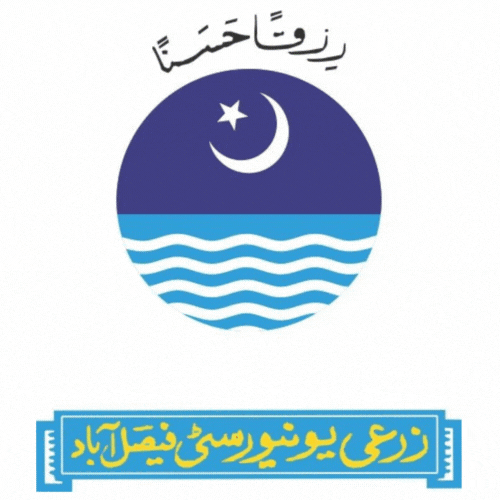
Endemic rural poverty resides in the most of developing countries whereas agricultural development is essential for poverty reduction, said Korean Expert Kil-Ung Kim, Project Manager, Pak-Korea Capacity Building Center.
Endemic rural poverty resides in the most of developing countries whereas agricultural development is essential for poverty reduction, said Korean Expert Kil-Ung Kim, Project Manager, Pak-Korea Capacity Building Center. He addressed a gathering at University of Agriculture Faisalabad at a session chaired by Vice Chancellor Prof Dr Iqrar Ahmad Khan at New Senate Hall on Tuesday. He said that the Korean model of rural development called Saemaul Undong had not only end the poverty from the country but also raise their living of standards. He said that Saemaul Undong, also known as new village movement was launched on April 22, 1970 to uplift rural Korean economy with diligence, self-help and collaboration. He said that Korea was one of the poorest country in world. The only possible breakthrough of development was the awakening and participation of people keeping the self help in view. He said that He said that in 1970, the per capita income of the Korean was 257 dollar which had risen to 1393 dollar in 1980. He said the movement was meant to rectify the growing disparity of the standard of living between the nation's urban centres and the small villages, which continued to be mired in poverty. He said that Saemaul Undong accelerated the diffusion of high-yielding rice seed to farmers which resulted in green revolution in Korea. Varietal improvement contributed greatly to obtaining rice self-sufficiency in Korea since our history began. Rice self-sufficiency brought a number of benefits; feeding all Koreans, allowing to close chronic food supply deficit, increasing rural household income, and eventually dramatic increase of self-reliant villages. The early stage of the movement focused on improving the basic living conditions including food, health and house and environments whereas later projects concentrated on building rural infrastructure and increasing community income. He said that South Korea’s 33,267 mauls, or natural villages, which had kept the traditional community consciousness of cooperation in 1970s South Korea, were chosen as unit of the movement. The educated young of both gender were democratically elected at village assembly, known as Village General Meeting, to drive the community development projects from the bottom-up approach. He said that incentive-oriented government support to the village according their achievement after the initial government subsidies in 1970-1971. He said that Saemaul model education focused on mental revolution management skills and organizational skills whereas teaching methods included lectures, sharing of success stories and life stories, meditation, and field trips to successful villages. UAF Vice Chancellor Prof Dr Iqrar Ahmad Khan stressed upon the need to learn from Korean experiences by quoting the example of South Korea which had faced extreme poverty in 60s. But, after shifting their focus on rural development, it has emerged as one of the developed nations with 30,000 dollar per capita income. He said that the poverty cannot be alleviated without the rural development. He said that the food security was one of biggest challenges as area of fertile land was decreasing and it is being converted to residential colonies. He said that the increasing population was causing many problems for us. He also stressed upon the need of rural development. MNS Agriculture University Rawalpindi Prof Dr Asif Ali said that most of the our population was associated with the agriculture sector. If we are able to address their issues and to raise their income, the dream of poverty alleviation can be met. He said that Income increase of rural household is essential element for making Saemaul Undong be successful one.
